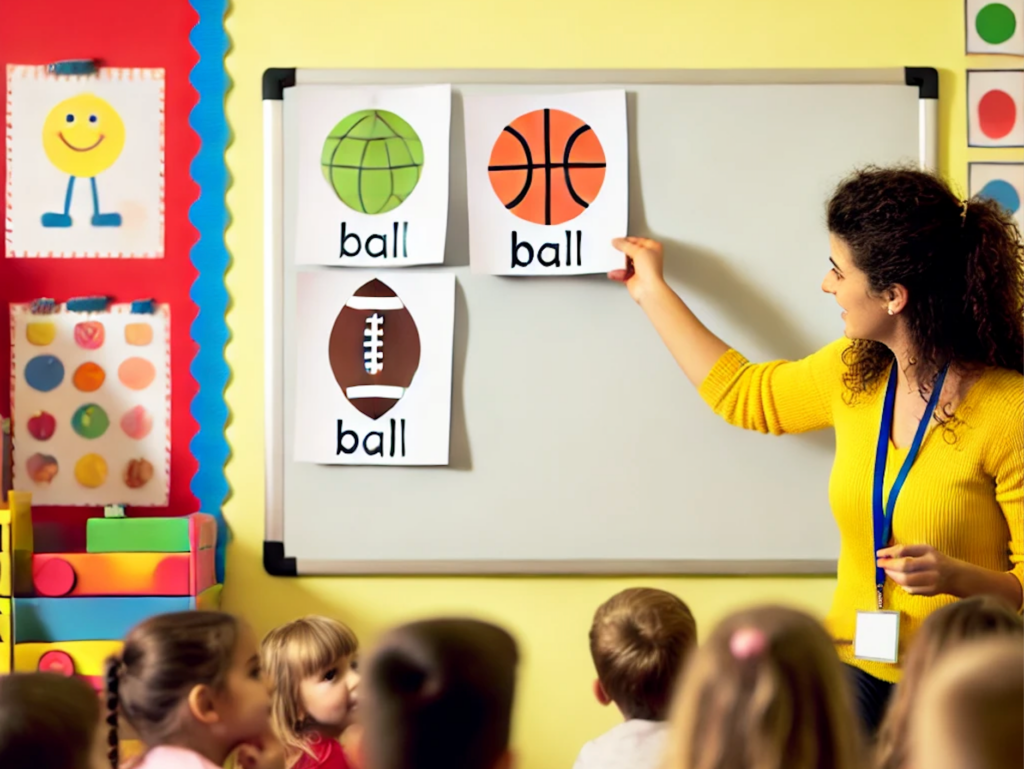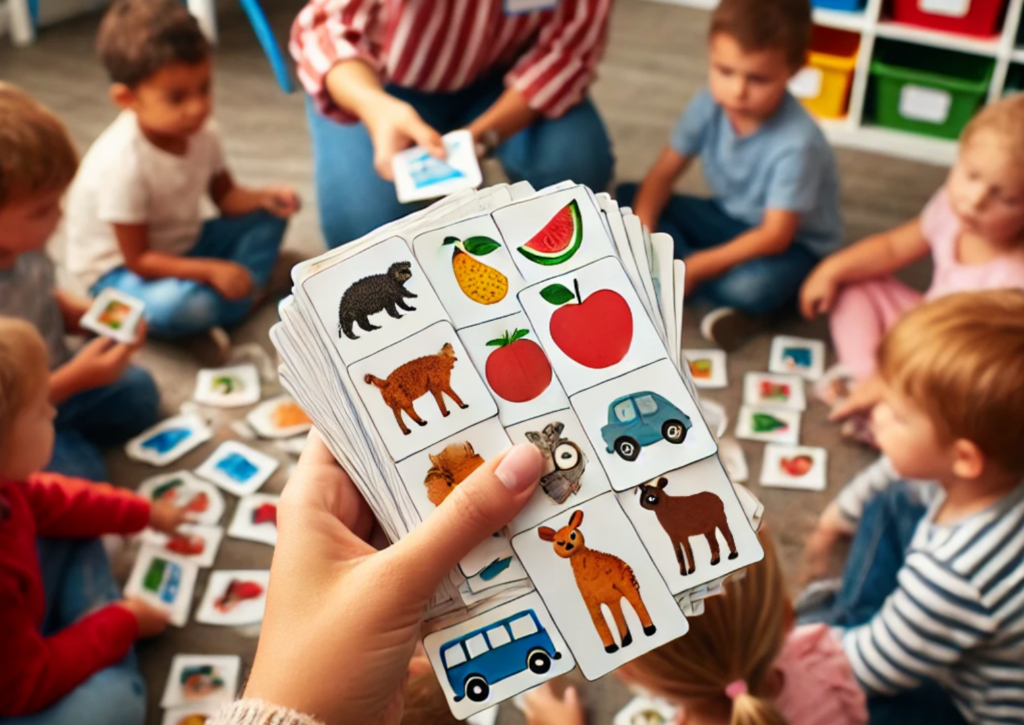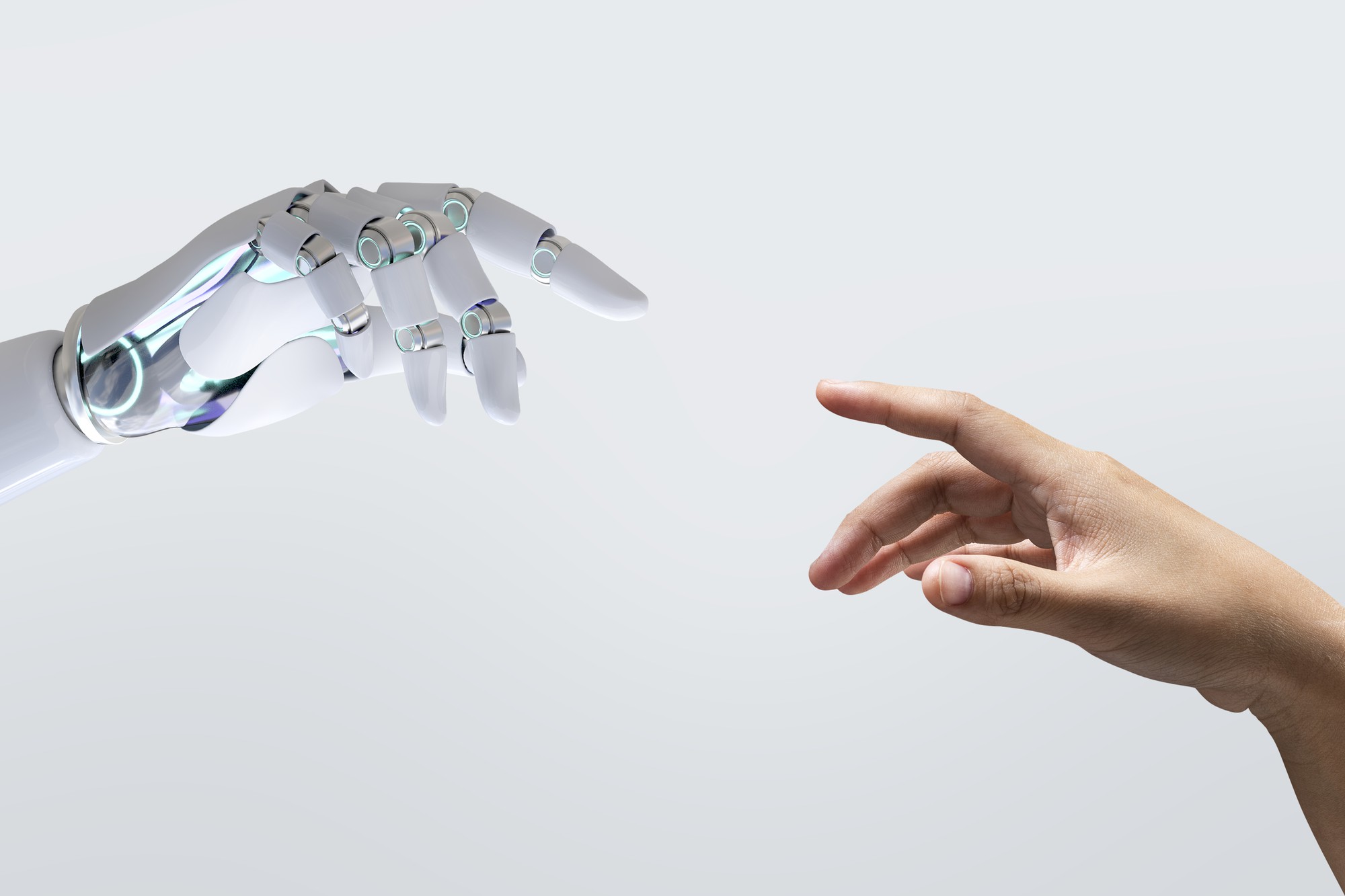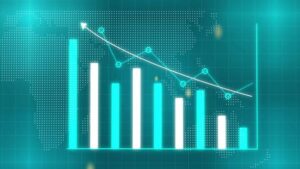You’ve probably heard the terms “supervised learning” and “unsupervised learning” when talking about AI or more specifically Machine Learning. Let’s explain what each one means in simple terms so you can easily tell them apart.
Think about teaching a child about objects. If you show them a picture and tell them what it is, you’re giving them the name and meaning of what they see. This is like supervised learning, where you guide the process with labeled examples. Now, if you give the child a bunch of pictures without explaining what they are and let them figure out patterns or similarities on their own, that’s like unsupervised learning.
Supervised Learning: Uses labeled data (you give the answers).

Unsupervised Learning: Uses unlabeled data (you let the system figure things out).

Supervised Learning
Supervised learning focuses on training algorithms using labeled datasets to classify data or predict outcomes. In a labeled dataset, every input has a correct answer or label associated with it. This helps the algorithm learn, so when it encounters new data, it can make predictions based on patterns it has seen before.
Example:
- Input: A picture of an apple.
- Label: Fruit.

The labels act as a guide, teaching the model what patterns or relationships to look for in future data. This way, the algorithm can identify or classify new inputs more accurately.
Areas of Application:
- Medicine: It can help identify diseases from medical images or clinical data (like X-rays, scans, blood tests, symptoms). For example, a model can be trained with images labeled as “tumor present” or “no tumor” to detect illnesses quickly and accurately.
- Education: It can predict which students are at risk of failing and suggest personalized learning plans. By analyzing labeled data about student performance, the model can identify who needs extra support and what teaching methods might work best for them.
- Industry and Manufacturing: this approach can be used for predictive maintenance of machinery and quality control in production lines. Sensor data labeled as “working” or “fault detected” helps models predict and identify issues before they become serious problems.
Popular Algorithms:
- Linear Regression: predicts a number based on input data.
- Logistic Regression: classifies data into two or more categories.
- Support Vector Machines: finds the best boundary to separate data into classes.
- Decision Trees: Uses a tree like structure to make decisions step by step.
- Neural Networks: Mimics how the human brain works to learn complex patterns.
Unsupervised Learning
Unsupervised learning focuses on training algorithms using datasets that do not have labels. Instead of being guided by labeled examples, the algorithm tries to find patterns, structures, or relationships in the data on its own. It’s like giving a system a set of puzzle pieces without showing it the final picture.
Example:
- Input: A collection of fruit pictures with no labels.
- Expected: Group the images based on similarities, such as color or shape.

Areas of Application:
- Recommendation Systems: by analyzing the behavior of other users, unsupervised learning can suggest products, music, movies, or content based on similar patterns.
- Science and Climate: with large amounts of data, much of it often unlabeled, unsupervised learning helps identify patterns in climate data. For example, it can group regions with similar weather conditions or detect trends in climate behavior.
- Public Transportation: it can be used to optimize routes based on traffic patterns and analyze passenger movement to adjust schedules or frequencies for better service.
Popular Algorithms:
- K-Means: is a simple and effective algorithm for grouping data into clusters based on similarities.
- PCA (Principal Component Analysis) for dimensionality reduction: reduces the complexity of high dimensional data by identifying the most important features and projecting the data onto a lower dimensional space.
- Isolation Forest: this algorithm is specifically designed to detect outliers or anomalies in the data.
Why both are important?
Artificial Intelligence and Machine Learning are reshaping industries by automating tasks, improving efficiency, and uncovering valuable insights from data. Supervised learning is ideal when you know what you’re looking for, while unsupervised learning shines when you need to explore unknown patterns or groupings in data. Understanding when and how to use these methods is crucial for designing effective solutions.
Conclusion
- Supervised Learning: sometimes this requires a large amounts of labeled data, which can be expensive and time consuming to collect.
- Unsupervised Learning: in this case results can be harder to interpret, as there’s no predefined “right” answer.
Sometimes, instead of using fully labeled or completely unlabeled datasets, semi supervised Learning is a better approach. This method combines a small amount of labeled data with a larger amount of unlabeled data. The labeled data provides the initial structure for the model, while the unlabeled data helps refine and improve the predictions.
References
Baheti, P. (2021). Supervised and Unsupervised Learning [Differences & Examples]. V7. Supervised vs. Unsupervised Learning [Differences & Examples]
Geron, A. (2019) Hands-On Machine Learning with Scikit-Learn, Keras, and TensorFlow: Concepts, Tools, and Techniques to Build Intelligent Systems. 2nd Edition, O’Reilly Media, Inc., Sebastopol.
Tishan, Yasiru. (2023). Understanding the Difference Between Supervised and Unsupervised Learning Techniques. 10.13140/RG.2.2.36176.48641.



